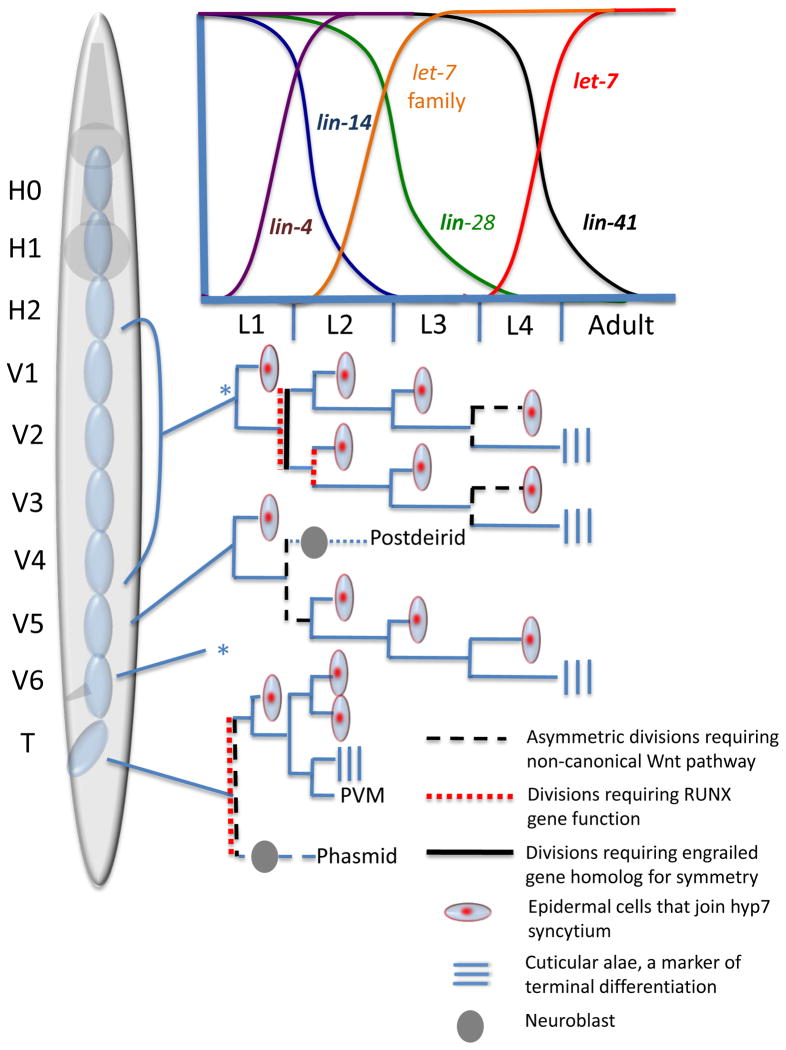Figure 3. The C. elegans hermaphrodite epidermal stem cell lineage.
The seam cells divide asymmetrically at each stage in a self-renewal pattern, producing an undifferentiated seam cell that continues to divide and a epidermal cell that will fuse to the hyp7 syncytium and terminally differentiate. A symmetric seam cell expansion division occurs at the end of the L1 larval stage to produce two undifferentiated cells that remain in a proliferative state. In the V5 and T lineages, seam cells give rise to neuronal cell types that produce the postdeirid and phasmid sensory structures. Reciprocal temporal expression of miRNAs and their heterochronic targets are required for the proper timing of seam cell divisions; the relative expression levels of these genes is indicated by the graph. The V6 lineage pattern (*) is the same as V1–V4. (Adapted from Nimmo and Slack, 2009)

